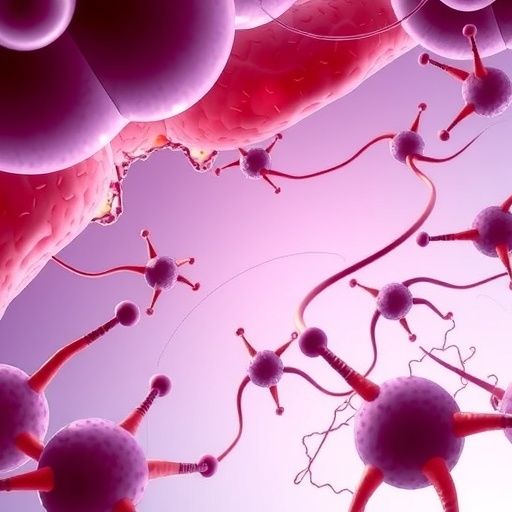
Credit: Ulf Sirborn
Researchers at Karolinska Institutet have measured the absolute numbers of short, non-coding, RNA sequences in individual embryonic stem cells. The new method could improve the understanding of how our genes are regulated and different cell types develop.
When information in our genes is used, for example to build a protein, it is first translated to messenger-RNA which functions as a blueprint for the protein. Our cells also contain non-coding, short, RNA sequences that do not contribute to the formation of proteins and whose functions are partly unknown. The best known of these is micro RNA (miRNAs), which can interact with the messenger RNA, and thereby regulate genes and cell function.
Researchers at Karolinska Institutet have now mapped the presence of short RNA-sequences in an individual cell. Previous research on short RNA molecules is based on analysis of many cells simultaneously, making it difficult to study the precise function.
"Our knowledge of the function of short RNA molecules is quite general. We have a picture of the general mechanisms, but it is less clear what specific role these molecules play in different types of cells or diseases," says Rickard Sandberg, professor at the Department of Cell and Molecular Biology, who is also affiliated to the Stockholm center of Ludwig Cancer Research.
The analysis was done using single-cell transcriptomics, a technique which makes it possible to measure the absolute numbers of short RNA molecules in a cell. Two types of embryonic stem cells were used, intended to mimic the early embryo, before and after it has attached to the uterine lining.
The researchers could detect large numbers of small RNAs in both cell states, including miRNA as well as shorter RNA fragments (tRNA and snoRNA) whose function is largely unknown. The researchers also found that large numbers of miRNAs are expressed differently in the two cell states.
"This is basic research and a demonstration that the method works, giving suggestions for further research. To map the levels of short RNA molecules in a cell is a first step in identifying the specific function of these molecules," says Omid Faridani, one of the lead authors of the study.
In the long run, Rickard Sandberg can imagine clinical applications of the method.
"We are, for example, interested in the role short RNA molecules play during embryonic development. We hope that, with more knowledge, this method could be used to identify which embryos have the best chance to develop, which would then be used to improve current IVF treatments," he says.
###
Publication
"Single-cell sequencing of the small-RNA transcriptome"
Omid R. Faridani, Ilgar Abdullayev, Michael Hagemann-Jensen, John P. Schell, Fredrik Lanner and Rickard Sandberg
Nature Biotechnology, online 31 October 2016. DOI: 10.1038/nbt.3701
Media Contact
Press Office
[email protected]
46-085-248-6077
@karolinskainst
http://ki.se/english





